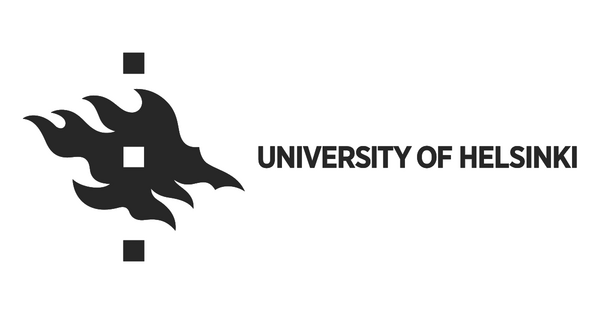University of Helsinki: New opportunities for stem cell research: Increasingly efficient production of human pluripotent stem cells
A few years ago, a CRISPR activator (CRISPRa) gene-editing technique was successfully developed in a collaborative study carried out at the University of Helsinki, which made it possible to convert adult skin cells to pluripotent stem cells. What makes the CRISPRa technique exceptional is that the process can be implemented by activating the genes of the cells without altering the cellular genome. The process produces stem cells that very closely resemble early embryonic cells.
Such reversion of differentiated cells backwards in their development into pluripotent stem cells, or induced pluripotent stem cells (iPS), is known as cellular reprogramming. iPS cells can specialise as all cell and tissue types found in our bodies, which is why they have rapidly transformed and promoted biomedical research.
With the optimised CRISPRa technique developed by University of Helsinki researchers, reprogramming can be controlled to a considerably higher degree than before. This results in highly reliable reprogramming of human cells into high-quality pluripotent stem cells.
“The optimised CRISPRa technique accelerates the cellular reprogramming process and markedly improves the accuracy and reliability of reprogramming,” says University Researcher Ras Trokovic.
Reprogramming carried out with an earlier version of the technique also resulted in the formation of alternative cell types and aberrant iPS cells. The new, optimised technique reduces such heterogeneity.
“Using this optimised technique, nearly all reprogrammed cells were high-quality iPS cells,” a pleased Trokovic notes.
Research infrastructure supports further research and the discovery of practical applications
Reliable production of high-quality iPS cells enables their increasingly efficient utilisation in biomedical applications.
“The technique makes it possible to produce pluripotent stem cells at a higher capacity than previous techniques,” Trokovic points out.
The researchers believe that there will be many practical applications for the cell programming technique they have developed. iPS cells are an invaluable tool in, among other things, modelling neurodegenerative diseases, diabetes and various ocular diseases, as well as in developing therapies for them.
“In Finland, widespread genome studies and the biobank infrastructure provide unique opportunities for using iPS cells in biomedical research,” says Professor Timo Otonkoski.

